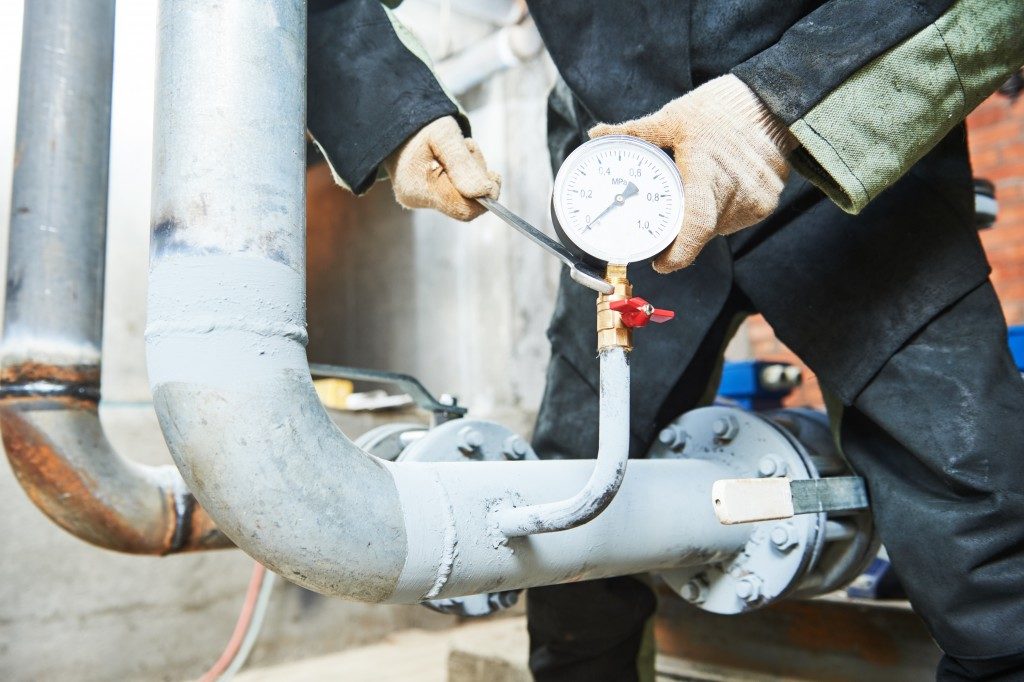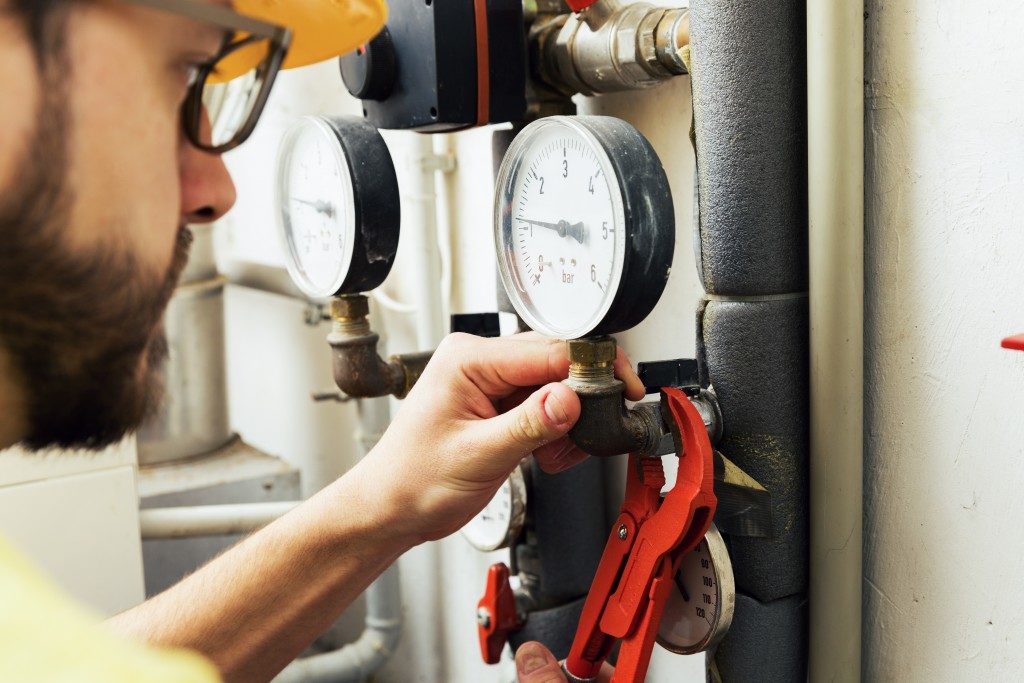The flow meter might seem like a very unimpressive device, but don’t take it lightly. It’s used in almost every industry as a means to measure the flow of gas or liquid. A large number of specially designed flow meters exist to meet this need. Insertion-type flow meters and sonar flow meters are just some of the types being used.
Still, like any device, it has its own set of problems to worry about. False measurements do happen, and these can get very disruptive. Learn about the various issues that flow meters can have and ways to counteract them.
Disruptions and Clogging
One of the problems that flow meters have is the presence of foreign material in the liquid. Scaling, for instance, is the natural buildup of metallic particles. Sludge is very similar to this but is instead caused by sediment or dirt. Both limit the pipes and cause unwanted disruption.
Things like slime also cause significant issues. The presence of bacteria and algae creates this slime. Left unchecked, it can clog the pipes and stick to the metal. Slime also causes problems in other types of flow meters and contaminate the liquid they’re in.
Wear and Tear
Wear and tear is likely to happen because of age or if the liquid is not strained correctly. Problems like rust and sludge can break the pipeline from the inside. Rust causes flaking, destroying the metal and wearing it down. Sludge contains abrasive particles that can coagulate and break down the pipe without proper care.
False Readings
False readings are likely to happen for a variety of reasons. For instance, air bubbles can skew results, as their presence disrupts the regular flow and inhibits proper measurement taking. They can also happen due to the structure of the pipelines. Pipes that curve or bend are likely to cause minor shifts in flow measurement. Liquid poured too fast creates pulsating flow, and even the flow machine’s innate vibrations can throw off its reading.
Pressure Loss
If these problems persist, pressure loss might occur. With pressure loss comes disruptions to the proper flow of the liquid, rendering you unable to take appropriate measurements. Until the pressure returns to its normal state, all readings will remain inaccurate.
Counteracting These Problems

To confirm that your flow meter is giving out proper results. You can keep the pipes free of blockage. Without blockage, one can take precise measurements without worrying about pressure loss.
Ensure that the pipelines remain clear whenever you can. The presence of foreign material causes most of the measurement problems. Installing better strainers and having rust-free pipes helps keep the liquid particle-free.
Have regular inspections of your infrastructure. It is vital to keep the pipelines in good condition and free of contamination.
Finally, you have to remember to double-check your flow meter’s accuracy. Sometimes, it might not be the pipeline at fault. Be sure to have your flow meter checked regularly, especially if it’s under constant use. Even the toughest of machines can wear down with age.
